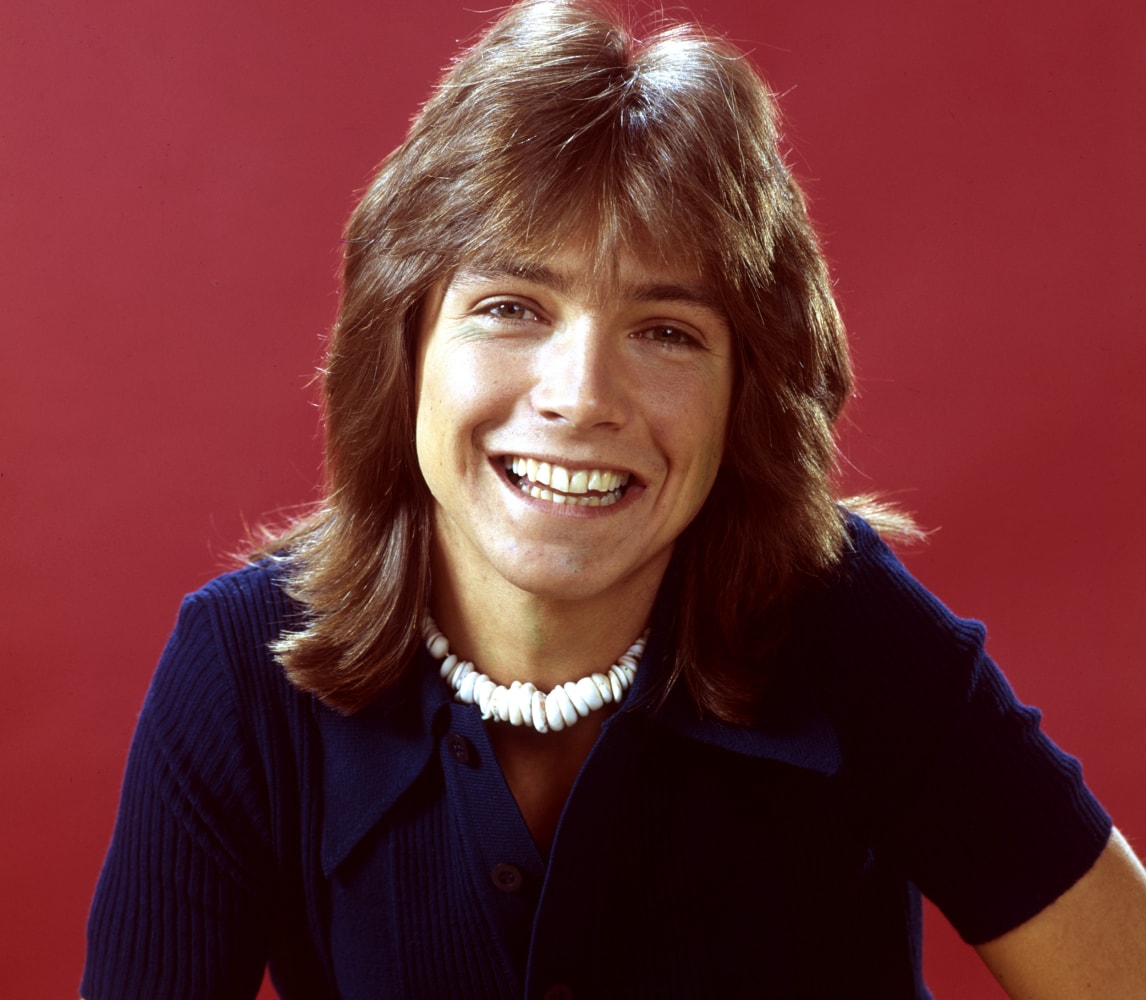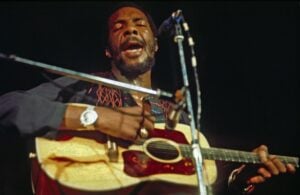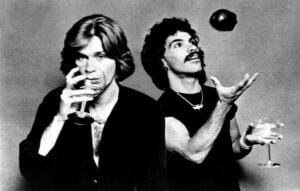1970s Child Stars And Their Tragic Life Stories
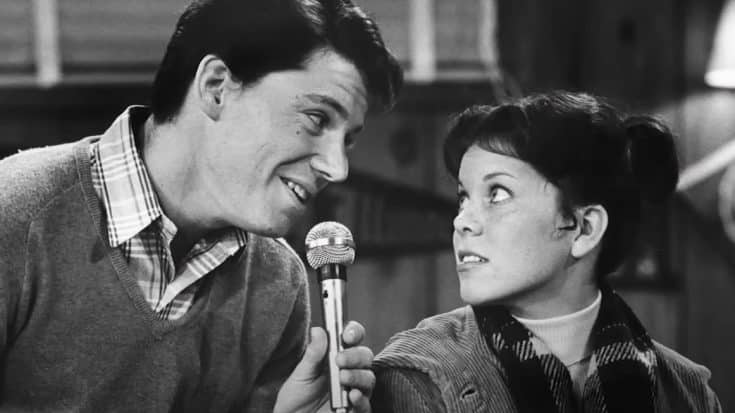
via DoYouRemember? / Youtube
The 1970s were a golden era for child stars, with faces from the screen plastered on bedroom walls everywhere. It was a fantastic decade for many, but not so much for these young celebrities. While some managed to handle their fame, others found the pressures and scrutiny overwhelming, leading to heartbreaking outcomes. Let’s take a closer look at the lives of a few child stars whose stories took a tragic turn.
Erin Moran
Erin Moran’s journey into stardom began almost like a fairy tale. Growing up as one of six kids, she seemed destined to get lost in the shuffle. But her passion for acting shone through early, and her supportive mom got her into a talent agency. Erin’s big break came as Joanie Cunningham on Happy Days. Her portrayal of the quintessential 50s girl made her a household name.
Despite her on-screen success, Erin’s real life was fraught with challenges. She came from a troubled background, which Anson Williams, her co-star from Happy Days, described as “a really harsh upbringing.” This difficult start set the stage for struggles that would follow her throughout her life.
Erin’s musical talents were undeniable. On The Waltons, she showcased her angelic voice in a 1975 episode, and she sang alongside Scott Baio on Happy Days. But despite her talents and fame, her personal life was rocky. After marrying Rocky Ferguson in 1987, she found lasting love with Steven Fleschman in 1993. However, their move to Indiana and tumultuous lifestyle, including being kicked out of a trailer park, didn’t bring her the stability she sought.
Legal Battles and Financial Struggles
Erin’s career after Happy Days was a rollercoaster. Despite her role in the beloved show and its spin-off Joanie Loves Chachi, the money from merchandising and spin-offs didn’t always translate into financial security. Erin, along with her co-stars, fought a legal battle against the network for a fair share of merchandising profits. The lawsuit revealed the complexities of child star earnings and the ongoing struggles for fair compensation.
Decline and Tragic End
As time went on, Erin’s life continued to unravel. She faced financial difficulties, losing her California home to foreclosure and even calling a Holiday Inn Express her home during tough times. Her struggles were compounded by a battle with depression and cancer. Diagnosed with throat cancer in 2017, Erin’s health deteriorated rapidly. Despite efforts to treat her, the disease spread, leaving her unable to eat or speak.

Jack Wild
Jack Wild’s early life was far from glamorous. Growing up in a modest household, he started working at just eight years old, helping a milkman for a meager sum. Acting was never on his radar; he dreamed of becoming a footballer or a doctor. But fate had other plans. A chance encounter with Phil Collins’ mom, who was a theater agent, led to Jack and his brother being enrolled in drama school. By 1964, Jack was cast in the West End production of Oliver!, and just a few years later, he became the Artful Dodger in the iconic 1968 film adaptation.
The Artful Dodger’s Rise and Fall
Jack Wild’s performance as the Artful Dodger was a highlight of Oliver!, which won Academy Awards for Best Score and Best Sound. His singing in the film was impressive, with Jack doing all of his own vocals. His musical talents didn’t end there; by 1970, he released his own album, featuring covers of popular British tracks. Despite his rising star power, including a notable role in H.R. Pufnstuf, Jack’s career was often overshadowed by personal challenges.
Struggles with Addiction and Personal Turmoil
Jack Wild’s personal life was fraught with difficulties. His first marriage to Welsh actress Gaynor Jones ended in 1985 due to Jack’s struggles with addiction. He found solace in his second wife, Claire Harden, whom he married in 2005. However, Jack’s battle with alcoholism was relentless. His addiction drained his finances and led to severe health issues, including multiple cardiac arrests and a struggle with diabetes. Despite a brief period of sobriety with the help of Pete Townshend’s clinic, Jack’s problems persisted.
Health Decline and Tragic End
By the late 1990s, Jack’s health deteriorated further. Diagnosed with oral cancer in 2000, he underwent various treatments, including chemotherapy and surgery to remove his voice box and tongue. Jack spent his final days unable to speak or eat, relying on a feeding tube. He passed away on March 1, 2006, at the age of 53. His autobiography, It’s a Dodger’s Life, was completed posthumously by Claire, who meticulously went through his personal archives to tell his story.
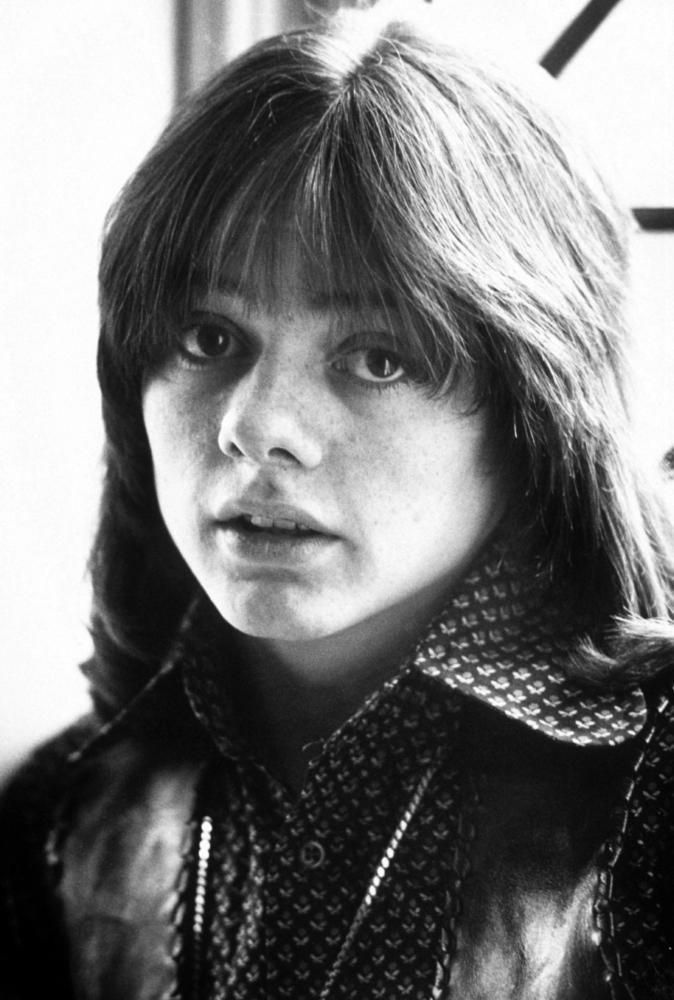
Eve Plumb
Eve Plumb, best known for her role as Jan Brady on The Brady Bunch, has a story that stretches far beyond her iconic TV role. Born into a family with showbiz ties—her father was a recording company executive and her mother a dancer—Eve was poised for a life in the spotlight. Her early start and unique experiences shaped her journey through Hollywood and beyond.
A Star in the Making
Growing up in Burbank, California, Eve was already on the doorstep of Hollywood. With three siblings also vying for attention, Eve had to find a way to stand out. Luck was on her side when a talent agent specializing in child actors moved in next door. This fortuitous connection led to Eve nailing her first audition, which opened the door to a career in commercials and TV shows. Before landing her role on The Brady Bunch, Eve appeared in notable series like Lassie, The Big Valley, Family Affair, and Gunsmoke.
From Middle Child to Icon
Eve’s casting in The Brady Bunch was a pivotal moment. Producer Lloyd J. Schwartz saw something unique in her, noting her ability to embody the middle child syndrome with a sense of realism. Her portrayal of Jan Brady—marked by her struggles as the “invisible” middle child—became one of the show’s most enduring elements. The character’s plight resonated with many viewers, making Jan a memorable part of television history.
Behind the Scenes and Personal Life
The off-screen dynamics of The Brady Bunch were almost as intriguing as the show itself. Eve Plumb and co-star Marcia Brady (Maureen McCormick) developed a close friendship, even earning the nickname “the boozy bunch” for their rebellious antics. Despite their teenage rebellion, Eve managed to stay away from substance abuse, unlike some of her peers who struggled with addiction.
Eve’s love life was also a topic of interest. While she was romantically linked to several co-stars, including Christopher Knight, her relationships and personal life continued to evolve. Eve was the first Brady sibling to marry in 1979, but the marriage ended within two years. In 1995, she found lasting love with a tech consultant, and they have been together ever since. Eve has expressed no desire to expand her family, preferring to focus on her career and personal interests.
Career Evolution and Artistic Pursuits
Eve Plumb’s career post-Brady Bunch was diverse. Although she is best known for her role as Jan, Eve sought to break away from typecasting. Her performance in the 1976 TV movie Dawn: Portrait of a Teenage Runaway, where she played a teenage prostitute, was a significant departure from her Brady persona. Eve embraced this challenging role, though she found the experience of costume shopping for the part a bit awkward.
As she transitioned into adulthood, Eve found solace and expression through art. She joined a local design review board and showcased her painting skills, particularly in Still Life. Her artistic endeavors also include home decor and design, with some of her work featured in prominent studios. Eve’s artistic side has not only provided a creative outlet but also a way to reconnect with her past, including recreating artwork from The Brady Bunch for her renovated home.
Legacy and Current Projects
Despite her storied career, Eve Plumb has managed to maintain a sense of identity outside of Jan Brady. She has embraced her artistic talents and continues to sell paintings and handmade mugs. Though her role as Jan remains a significant part of her life, Eve has successfully carved out a new niche for herself in the world of art and design.
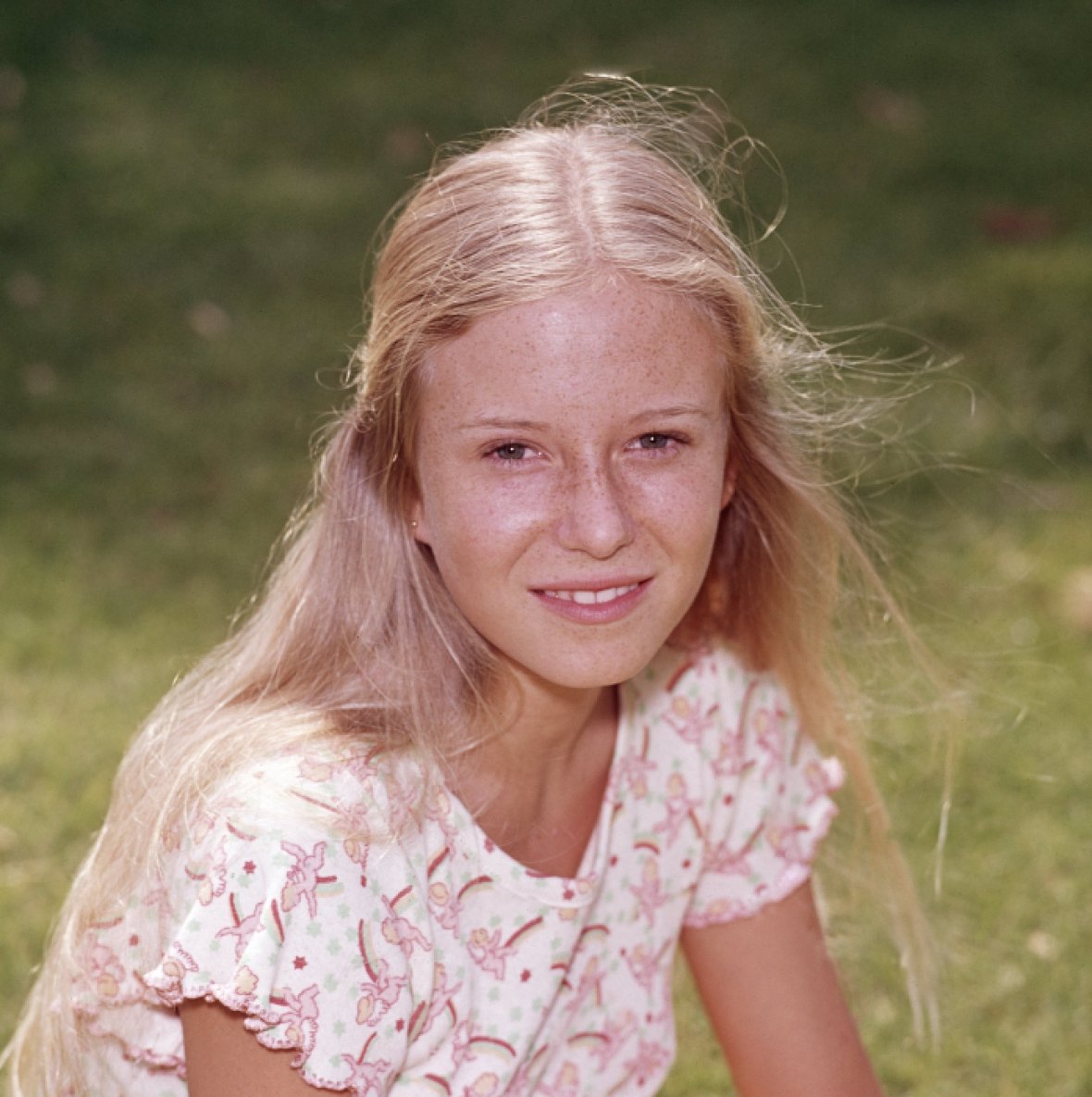
Alison Arngrim
Alison Arngrim, best known for her portrayal of the scheming Nelly Oleson on Little House on the Prairie, had a role that was as challenging as it was iconic. The character of Nelly, with her curly wig and antagonistic nature, was designed to evoke strong emotions from viewers. Arngrim’s experience with the role was both physically uncomfortable and emotionally intense. The wig, which was often pinned so tightly it caused her scalp to bleed, and the restrictive costumes made the job demanding from the start. Despite this, Arngrim embraced the challenge, understanding from the beginning that Nelly was a far cry from a typical “nice girl” role.
The Ups and Downs of Playing Nelly
Arngrim’s portrayal of Nelly earned her a great deal of attention, but not all of it was positive. The character was so effectively despised that Arngrim was once confronted by an irate viewer at the Hollywood Christmas Parade, who threw a cup of soda at her. Yet, this negative reaction was a testament to how well she had embodied the role. Arngrim herself described playing Nelly as “like having PMS for 7 years,” acknowledging the emotional toll the role took on her.
Behind the Scenes: Rivalries and Friendships
On set, Arngrim’s relationship with her co-star Melissa Gilbert, who played Laura Ingalls, was surprisingly friendly despite their on-screen rivalry. Initially, Arngrim had auditioned for roles other than Nelly, including Laura’s part, but was cast as Nelly instead. Despite this, she and Gilbert became close friends, sharing slumber parties and weekend visits. Gilbert even publicly referred to Arngrim as one of her “very dearest friends and very favorite onscreen partners” in 2021.
However, not all relationships on set were as harmonious. Arngrim had a complex relationship with Michael Landon, the show’s co-creator and star. While Landon could be a fun and caring figure, he also had a darker side, evident in his excessive drinking and volatile behavior. Arngrim’s memories of Landon were marked by his unpredictable nature and the discomfort of having to deal with his demanding and often harsh demeanor.
Leaving the Prairie
Despite the intense work and emotional investment Arngrim put into her role, she eventually decided to leave Little House on the Prairie. The decision was driven by the dissatisfaction with Nelly’s character arc, which she found to be bland and uninspiring after her initial villainous phase. The network’s refusal to negotiate better terms contributed to her departure, leaving her feeling somewhat unfulfilled. Melissa Gilbert’s gesture of a necklace with a crying baby charm and a job listing from the local paper was a touching reminder of their friendship and support during this period.
Life After the Prairie
Post-Little House, Arngrim transitioned into various roles, including a notable appearance in the web series Life Interrupted, where she reunited with Aaron Murphy, another childhood star from Bewitched. Arngrim’s advocacy work became a major focus, particularly her efforts to support child protection and HIV/AIDS awareness. She served as president of the National Association to Protect Children and actively campaigned for legislation to support these causes. Her work, including training for the AIDS Project Los Angeles hotline, reflected her commitment to using her platform for positive change.
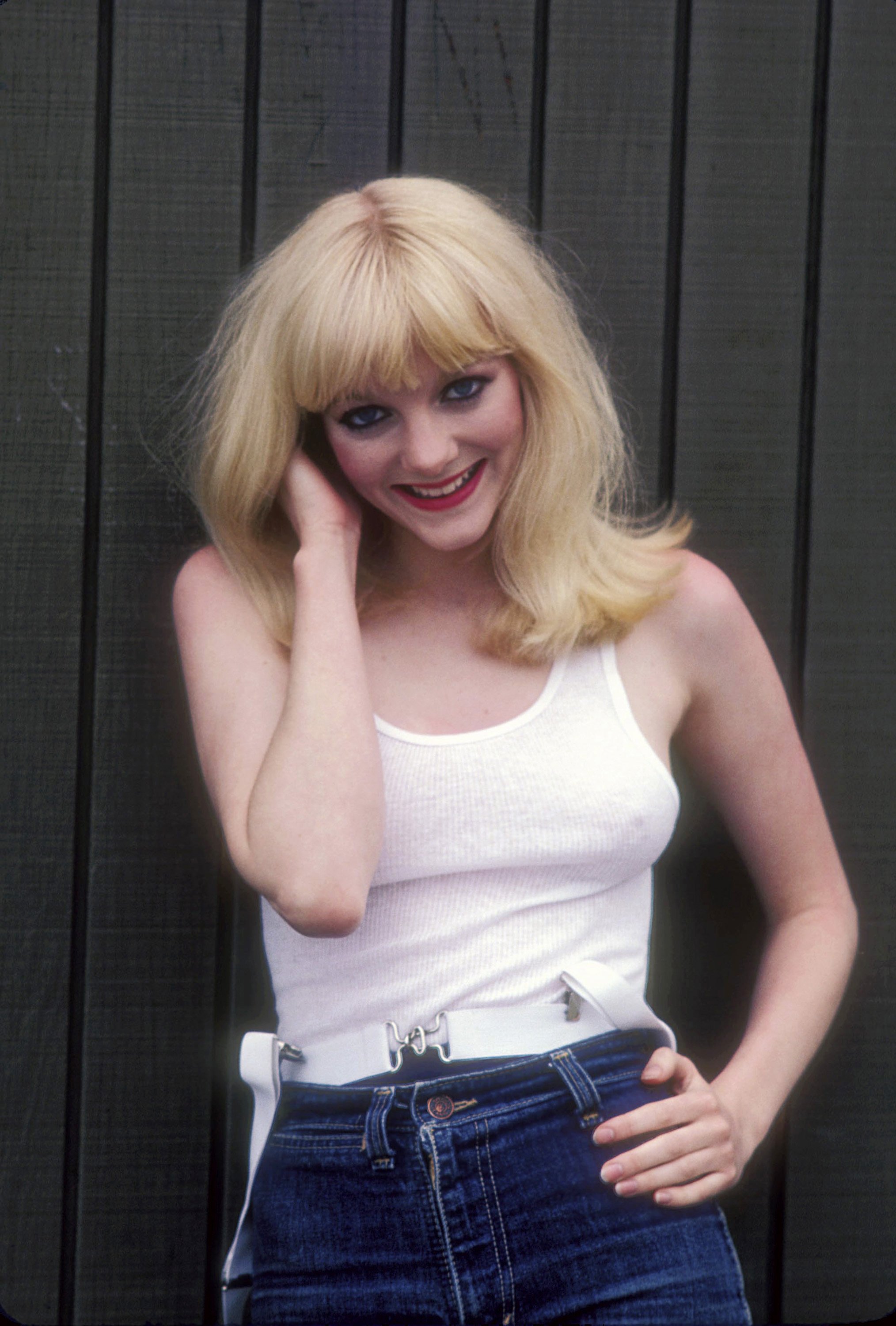
David Cassidy
David Cassidy, the star of The Partridge Family, captivated audiences in the 1970s with his charming performance. Despite the show’s musical focus, only two main cast members, including Cassidy, were musically inclined. Cassidy’s early life was marked by family instability. His parents, both actors, were often away, leading him to be raised primarily by his maternal grandparents. He learned of his parents’ divorce from a neighbor. His father, Jack Cassidy, married actress Shirley Jones, adding three half-siblings—Shawn, Patrick, and Ryan—to David’s family.
David’s career began on Broadway in The Fig Leaves Are Falling, which, despite its brief run, led to significant opportunities. He quickly transitioned to television, appearing in shows like Marcus Welby, M.D., Bonanza, and Adam-12. His musical talent, paired with his role in The Partridge Family, positioned him as a teen idol, though he was unaware that his stepmother, Shirley Jones, had been hired as the lead until after he was cast as Keith Partridge.
Financial Struggles and Impact
Despite the massive commercial success of The Partridge Family, including a range of merchandise, Cassidy and his co-stars faced financial challenges. Cassidy, earning $600 per episode, was far from the show’s substantial profits. Frustrated with his earnings, he resorted to stealing $25,000 worth of equipment from the set as a form of protest. His contract, signed when he was a minor, promised him 15% of merchandise revenues using his likeness, but he received only $5,000 total. In 2011, Cassidy expressed his grievances publicly, stating, “You owe me a fortune.”
Cassidy’s net worth at the time of his death was approximately $1.68 million, a far cry from the $150,000 initially believed. His financial issues were compounded by substance abuse, which led to significant financial and personal problems. At times, Cassidy struggled with poverty due to his addiction.
Family Dynamics
David Cassidy’s relationship with his half-brother Shawn was notably close. Shawn admired David, recalling their Broadway show Blood Brothers with great fondness and cherishing their childhood memories. Despite the strong bond, Shawn witnessed David’s struggles with fame and substance abuse, which he found painful and difficult to manage.
David’s struggles with alcohol and fame led to legal issues and multiple stints in rehab. He candidly discussed his alcoholism, attributing it to the overwhelming sadness and emptiness he felt from his fame. Cassidy described his work schedule as exhausting, stating, “I was burned out from working 18 hours a day 7 days a week for 5 years.” Despite periods of sobriety, David admitted to relapsing, ultimately leading to his tragic decline.
Estranged Relationships
David’s estrangement from his daughter, Katie Cassidy, was a notable aspect of his later years. His will, drafted in 2004, excluded her, stating he had no intention of providing benefits to her. David explained that while he was her biological father, he had not raised her. Katie was raised by her mother, Sher Williams, and her stepfather. Although David and Katie reconciled before his death, his will remained unchanged, reflecting a complex and strained relationship.
David Cassidy was diagnosed with dementia, which he later revealed was actually alcohol poisoning. His health rapidly deteriorated, and he required a liver transplant, which was deemed unfeasible. On November 21, 2017, David Cassidy passed away, surrounded by loved ones. His daughter Katie shared his poignant last words: “So much wasted time.”
